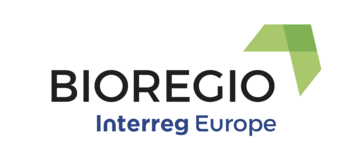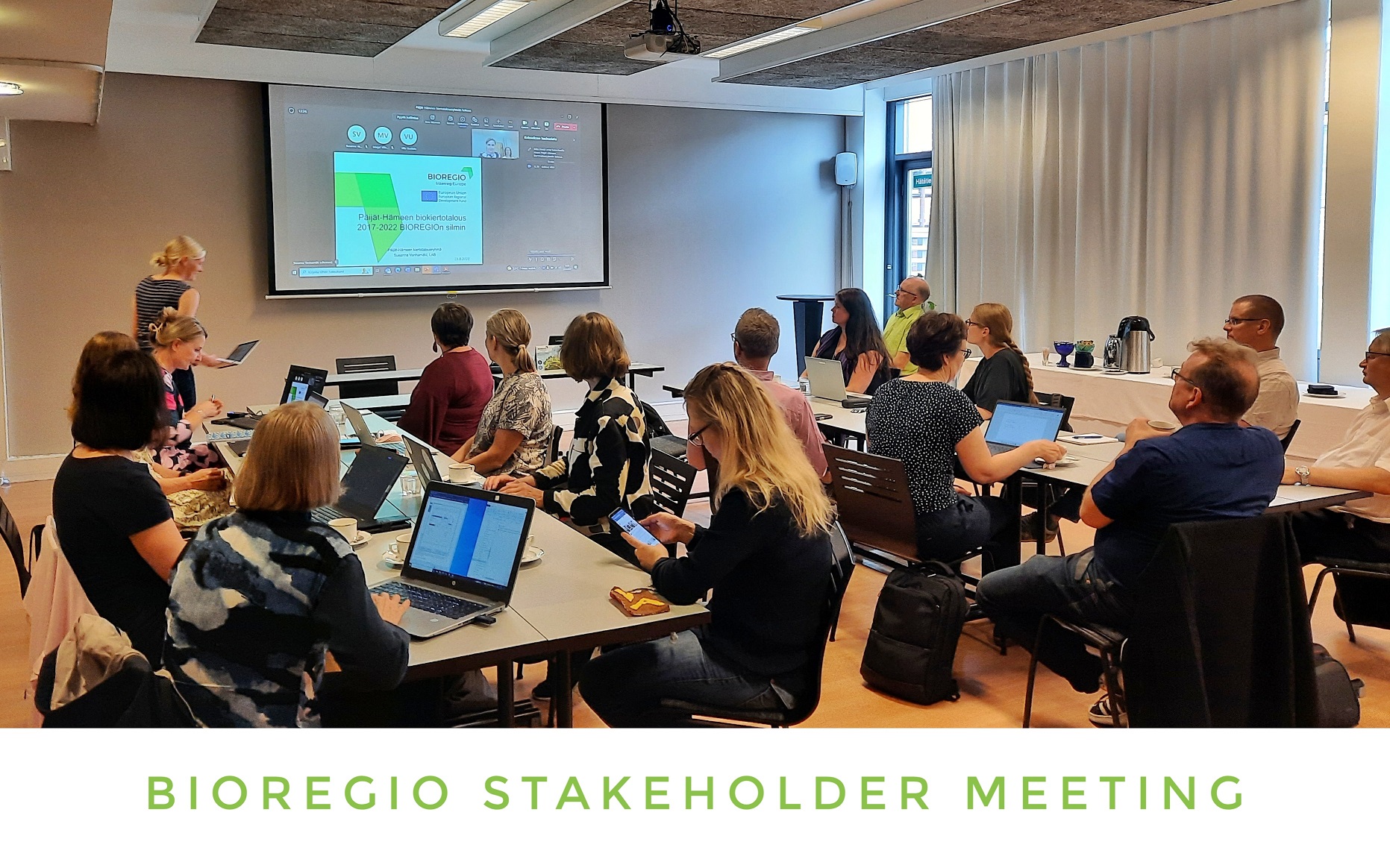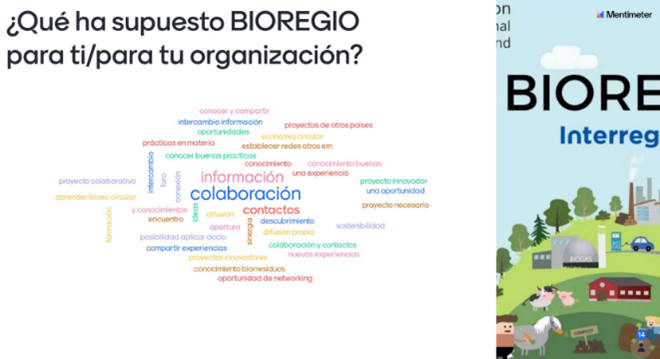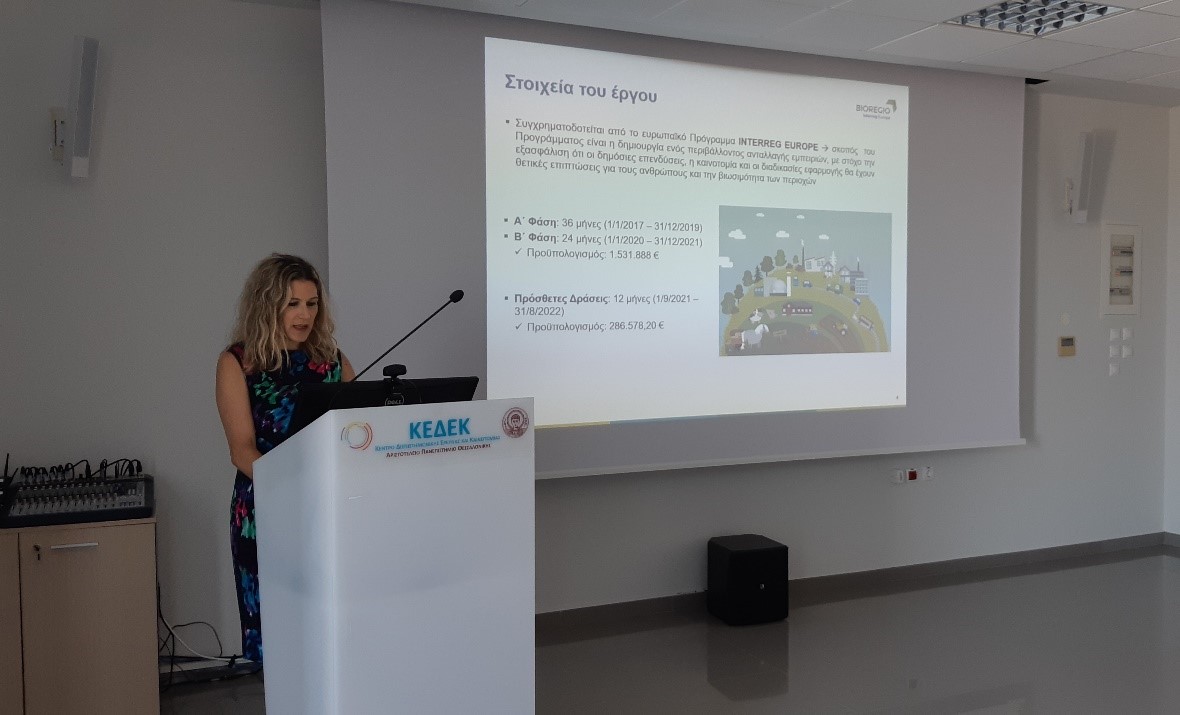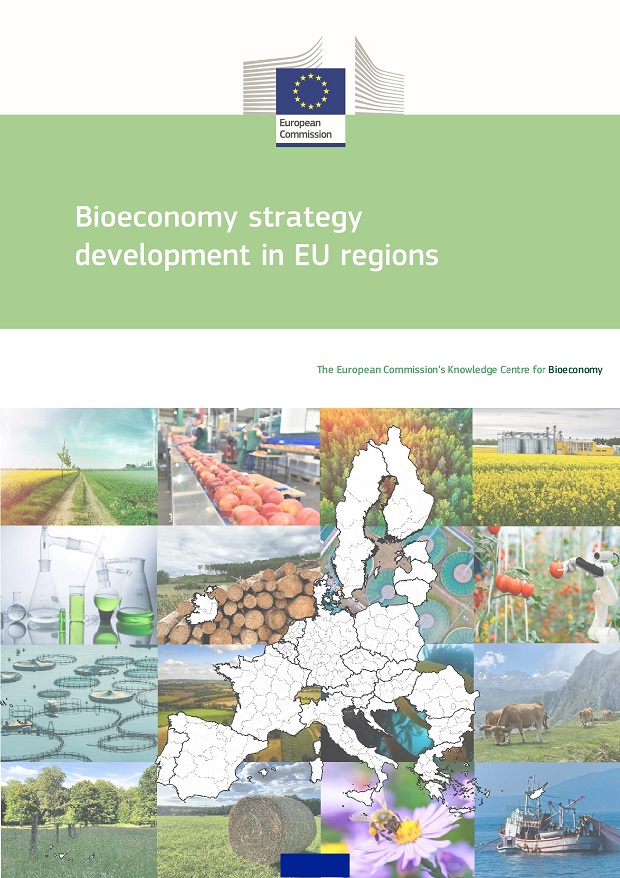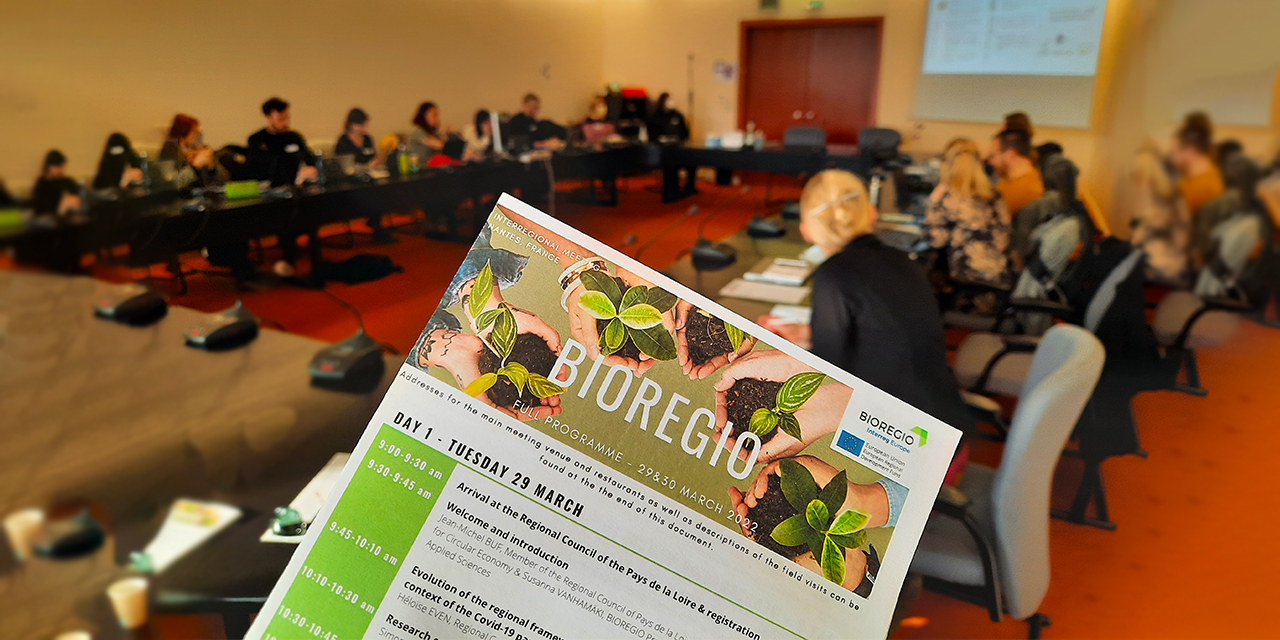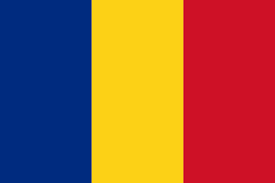The update of the 2012 EU Bioeconomy Strategy was announced on October 11, 2018. The update adjusts the strategy as well as its action plan to better reflect the current environmental, economic and societal challenges Europe is facing. The updated strategy adjusts the priorities and sets up the actions for their achievements leading into more innovative and sustainable European bioeconomy.
What is Bioeconomy?
According to the updated strategy, the bioeconomy (BE) encompasses all sectors as well as systems dependent on resources of biological origin (animals, plants, micro-organisms and derived biomass, including organic waste), their roles and principles.

BE plays a key role in ensuring food supply and security, mitigating climate change by minimizing dependences on fossil resources, and protecting biodiversity for the generations to come. Europe aims at sustainable and circular bioeconomy, which balances the needs of the society by exploiting the economic potential of natural resources, while, at the same time, protects and maintain the environment. According to Wolfgang Burtscher, the Deputy Director-General for Research and Innovation, European Commission, BE “bridges environment, society and economy; it covers land and oceans, green and blue, and it bridges tradition with future”.
Action Plan 2018
As a result of the updated strategy, a three-tiered action plan was proposed to:
1) Strengthen and scale up the bio-based sectors, unlock investments and market
- The EU will improve an access to investments, which will boost markets uptake and scale up innovative solutions, including plastics substitutions development. Reliable information about the environmental performance of bio-based products, including labelling and standardisation, will increase the confidence of consumers and thus boost the bio-based sector.
- Bio-based sector projects are usually financially intensive. New Circular Economy Thematic Investment Platform with an indicative budget of €100 million will be established to decrease private investment risks in bio-based projects.
2) Deploy local bioeconomies rapidly across the whole Europe
- The bioeconomy aims at local capitalisation on its potential anywhere or nearby where people live. A development of national and regional BE strategies across Europe is the first step in achieving a sustainable local bioeconomy. This would lead into the transition to sustainable food and farming system, forestry and bio-based production. Turning organic waste into valuable resources for bio-based solutions will bring revenues for farmers and fishermen and unlock the BE potential especially in rural and coastal areas.
3) Understand the ecological boundaries of the bioeconomy
- The strategy reinforces and enhances sustainability by increasing the knowledge of ecological boundaries of the BE including ecosystems resilience and biodiversity. The BE strategy recognizes that our resources are finite and promotes sustainable and circular bioeconomy. Better understanding, measurement and monitoring will contribute to meeting the EU target of restoring at least 15% of degraded ecosystems by 2020 and achieving the land degradation neutrality by 2030.
Due to the complexity of BE and presence as well as impact on everybody’s life, disruptive and holistic solutions are required. The updated EU Bioeconomy strategy and the action plan fully embrace inclusiveness by rebalancing the benefits among all actors involved. Only with involvement and collaboration of all actors, the progress of BE can be expected and thus a progress towards a circular and low-carbon economy. This requires an effective and clear communication at all levels, so that the benefits, the BE can bring, are seen and understood.
The bio-based circular economy is the focus area of BIOREGIO project, financed by Interreg Europe, where LAMK (Lahti University of Applied Sciences) acts as a lead partner. BIOREGIO boosts bio-based circular economy by sharing knowledge and expertise about best available technologies and cooperation models.
This article was originally published in the LAMKgreen blog on 22.11.2018: http://blogit.lamk.fi/lamkgreen/en/actions-towards-sustainable-eu-bioeconomy/.
